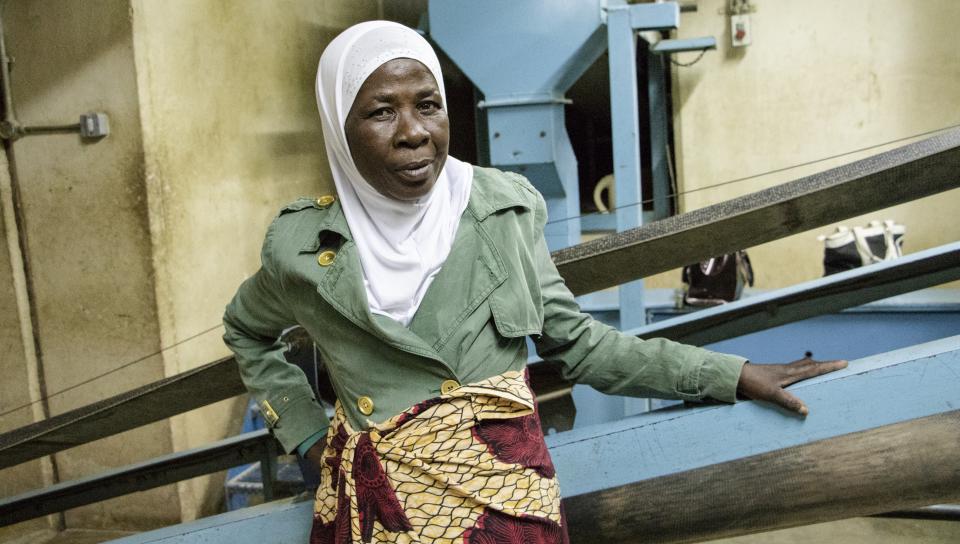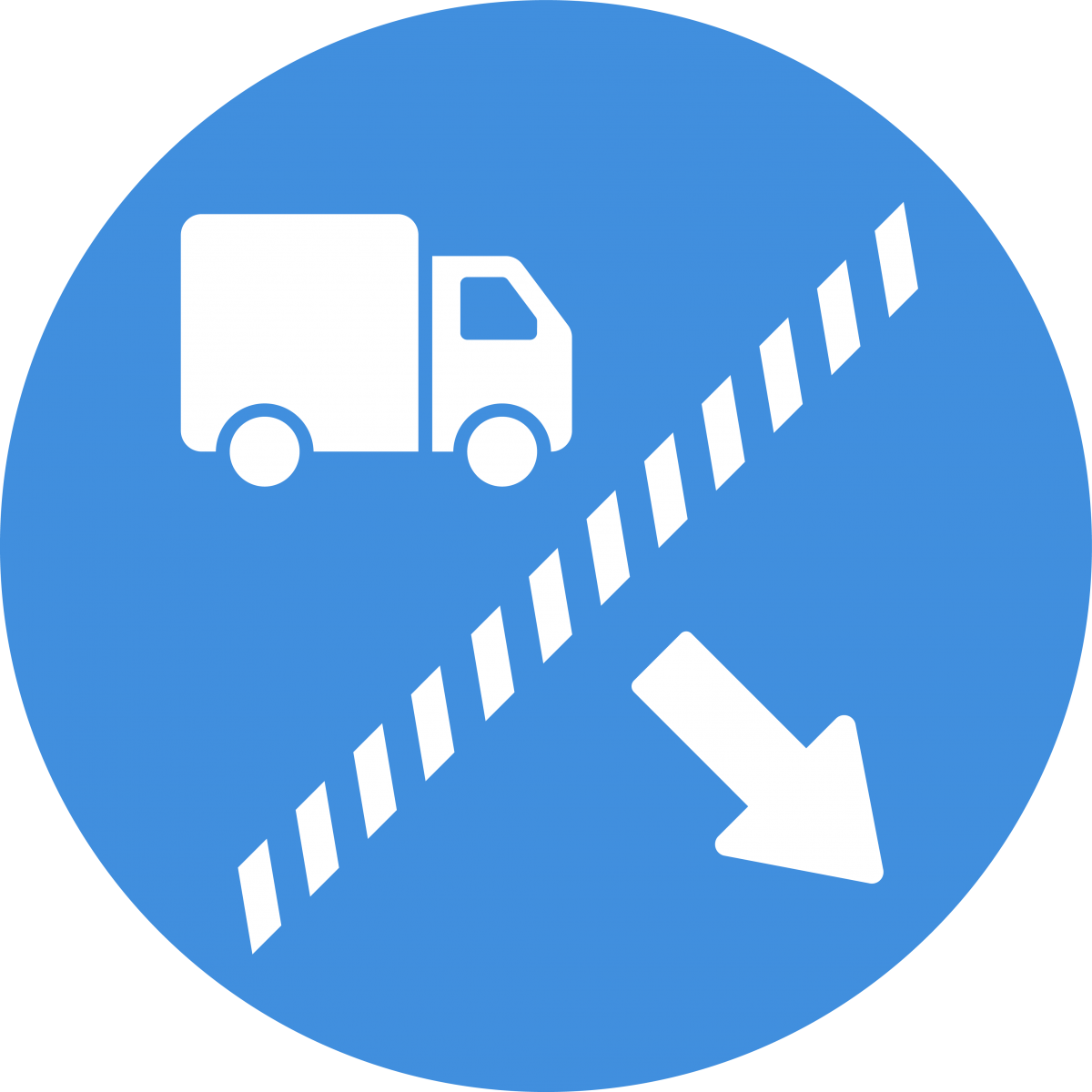Lack of territorial access to the sea, isolation from world markets and high transit costs continue to impose serious constraints on the overall socio-economic development of Landlocked Developing Countries (LLDCs).
For LLDCs, their seaborne trade almost always must transit through other countries, mostly also developing countries—a process which involves dealing with cumbersome border-crossing procedures and inadequate transit transport infrastructure. Thus, although LLDCs already face other development challenges, they also face substantially increased costs for trade and transport because of their geographic location. Moreover, of the 32 LLDCs 16 are classified as least developed.
Their remoteness from major world markets is the principal reason why many LLDCs have had less success in mitigating consequences caused by their geographical handicap as compared to landlocked countries in Europe. Landlocked developed countries of Europe are surrounded by major developed markets and their seaborne trade accounts for a relatively small part of their external trade. Their export is mainly high value added products and their distance from seaports is comparatively short.
The distances involved in most cases of LLDCs are excessive. Kazakhstan has the longest distance from the sea (3,750 km), followed by Afghanistan, Chad, Niger, Zambia and Zimbabwe with distances from the nearest seacoast in excess of 2,000 km. Transit time for goods of LLDCs is extremely long because of their remoteness, difficult terrain, road and railway conditions and inefficiency of transit transport.
On average, LLDCs pay more than double what the transit countries (countries through which exports flow) incur in transport costs and take a longer time to send and receive merchandise from overseas markets. In 2014, the World Bank estimated that LLDCs spent $3,204 to export a container of cargo, compared with $1,268 for transit countries and $3,884 for importing a container against $1,434 for transit countries. The high transport costs erode LLDCs’ competitive edge, discourage investors, reduce economic growth and subsequently limit the capacity of landlocked countries and achieve sustainable development.
In many cases, LLDC’s transit neighbours are themselves developing countries and often face similar economic challenges. Therefore, little trade typically occurs between LLDCs and their neighbouring countries. In most cases, LLDC-neighbouring countries also face considerable transport infrastructure challenges and so cannot offer an efficient transport system for LLDCs to connect to which further compounds the trade challenges they face.
Overall, the level of development in LLDCs is about 20 percent lower than it would be were they not landlocked. The economies of LLDCs are generally characterized by dependence on a limited number of commodities and minerals, a large informal sector, weak social capacities, high unemployment and low productivity. Furthermore, LLDCs manifest a high trade concentration ratio compared to other groups of countries, meaning their exports are highly concentrated in a limited number of products.
Most LLDCs are commodity exporters. According to UNCTAD estimates based on the IMF balance of payment statistics, LLDCs on average spent nearly two times more of their export earnings for the payment of transport and insurance services than the average for developing countries, and three times more than the average of developed economies.






